
How to clean Invisalign aligners? (2025)
Invisalign aligners are becoming increasingly popular as a discreet teeth straightening alternative to traditional braces. Clear Aligner Therapy, such as Invisalign, comes with a whole host of benefits. Being removable and almost invisible to the eye make Invisalign aligners attractive for patients seeking a more flexible treatment option.
Although Invisalign treatment involves wearing fresh aligners every couple of weeks, dental practitioners recommend wearing them for up to 22 hours a day and so it remains important to keep them clean. Neglecting to do so can lead to a range of oral health problems, such as bad breath, cavities and even gum disease.
How do Invisalign aligners work?
As with traditional metal wire braces, Invisalign treatment remodels the bone in stages, using gentle force to pull teeth closer to the desired shape. Additional attachments may also be used to further enhance the force in certain areas. Before treatment starts, orthodontists will use iTero intraoral mapping technology to create custom shaped appliances that are changed every 2 weeks.
What are some common issues with Invisalign?
Plaque and bacteria build-up
Just like your natural teeth, Invisalign aligners are susceptible to plaque accumulation, but provide a particularly warm and moist environment for bacteria to thrive. Though crafted from a durable, clear plastic material designed to withstand the forces exerted during orthodontic treatment, exposure to bacteria and oral acids can degrade aligners, compromising their structural integrity. Research has found harmful bacterial biofilms can develop within just 6 hours of wearing the appliance. Failing to clean aligners regularly can lead to the buildup of bacteria, food particles, and other debris, leading to bad breath and increasing the risk of dental issues such as cavities, white spot lesions and even gum disease.
Maintaining a crystal clear appearance
With the main appeal of Invisalign being its clarity, it’s worthwhile avoiding habits that can stain or discolour your aligners. Consuming pigment-rich foods and drinks whilst wearing your aligners, such as coffee and red wine, coupled with improper cleaning makes your Invisalign aligners noticeable, defeating the purpose of their transparency.
Loss
Invisalign treatment is a collaborative effort between patient and orthodontist, where the aligner user is ultimately responsible for looking after their appliance. Aligner loss commonly affects the course of treatment, as well as being frustrating when it happens just after receiving a fresh set. Given their clear appearance, Invisalign aligners are easier to lose, which can slow down treatment and impact progress by weeks or even months. Storing in a reliable protective case, made with durable materials and a secure closure helps prevent damage and loss.
How to clean Invisalign
It is vitally important to properly clean your Invisalign, to ensure that your aligners stay clear and hygienic throughout the course of treatment. Though clear aligners are changed every 2 weeks, it has been proven that 14 days is significant enough a time period for microabrasions and plaque biofilms to develop.
Beyond a simple rinse, there are a number of commonly used methods that not only fail to sufficiently sterilise your aligners of bacteria, but can also actually damage them. One study concluded that ‘patients must use a multistep cleaning and disinfection technique that combines mechanical and chemical methods in order to keep aligners bright and clean and prevent biofilm infection’. The Dental pod ultrasonic cleaning machine was developed by Zima Dental as a resolution to all the issues presented by existing cleaning methods.
Brushing your Invisalign
You should not brush your aligners, as toothbrush heads (especially harsh bristled) can actually cause micro-abrasions to the surface of the appliance. Particularly when used with silica-containing toothpastes, which are too harsh and abrasive for your aligners, this method can cause your Invisalign to look cloudy. More importantly, these abrasions provide small crevices for bacteria to hide and multiply in.
Hot water
Orthodontists will advise you not to use hot water to clean your Invisalign, as the lightweight plastic’s integrity cannot withstand high temperatures. Warping or melting your aligner is only going to have a negative effect on the course of your Invisalign treatment!
Ultrasonic technology
Ultrasonic technology has been proven to be the best method for cleaning clear aligners. Zima Dental’s Dental pod is the world’s first ultrasonic cleaning machine for oral appliances, using clinical-grade technology to deliver a thorough yet gentle clean. In a process called ‘cavitation’, energy from micro bubbles breaks down plaque buildup, lifts stains and kills bacteria. This Invisalign cleaning method is both highly effective and non-abrasive to Invisalign aligners.
How often should you clean them?
Given that Invisalign aligners are worn for up to 22 hours a day and that bacterial biofilms develop within 6 hours of wearing, they ideally need to be cleaned twice a day. It’s good practice to factor Invisalign cleaning in with your morning and evening tooth brushing routine. In order to prevent this harmful buildup and guarantee complete sterilisation, use the Dental pod with a sterilising tablet. Unlike other tablets, which contain harsh ingredients, Zima’s Sterilising Tablets have been formulated with non-toxic ingredients to ensure that no damage is done to your appliance or to your oral health.
In the meantime, it is always recommended to store your Invisalign in a protective case, to maintain its integrity and reduce exposure to airborne bacteria. The Zima Go is a durable carry case that has in-built UV sterilisation technology. Whilst keeping your Invisalign safe on the go, its UV technology works on a rapid 1-minute cycle to sterilise your appliance. Made with robust aluminium-alloy and fitted with an easy to use and ultra-secure magnetic closure, this case has been engineered with aligner patients and their day to day in mind.
By incorporating these simple yet effective cleaning practices into your daily routine, you can ensure that your Invisalign aligners remain clean, clear, and comfortable throughout your orthodontic journey. Remember, maintaining good oral hygiene habits is essential for achieving optimal results and enjoying a healthy, confident smile for years to come.

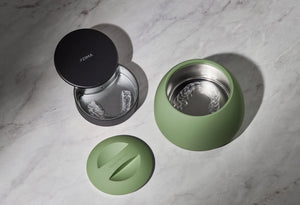
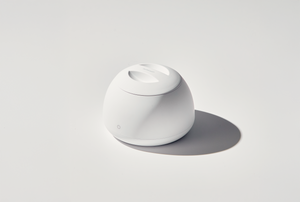
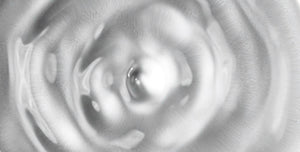
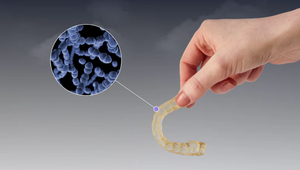
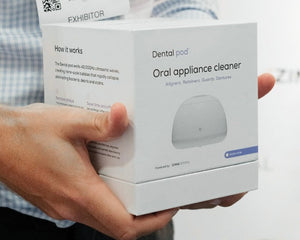
Leave a Comment